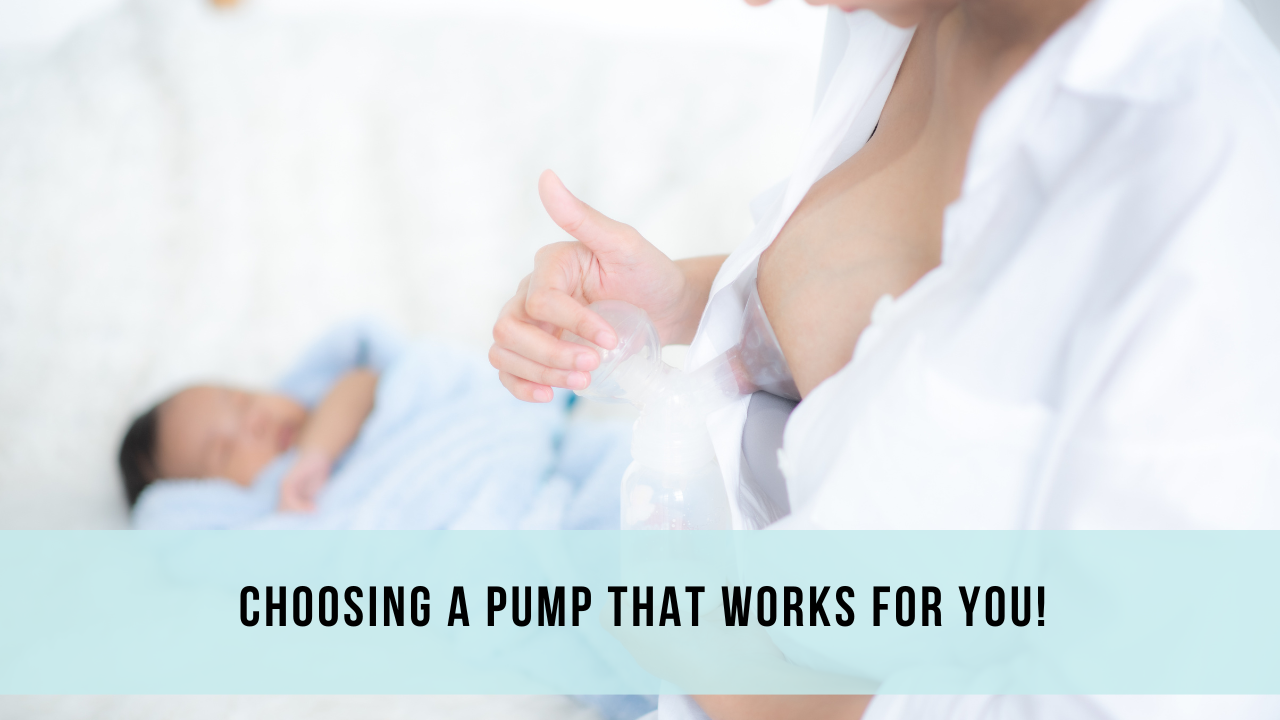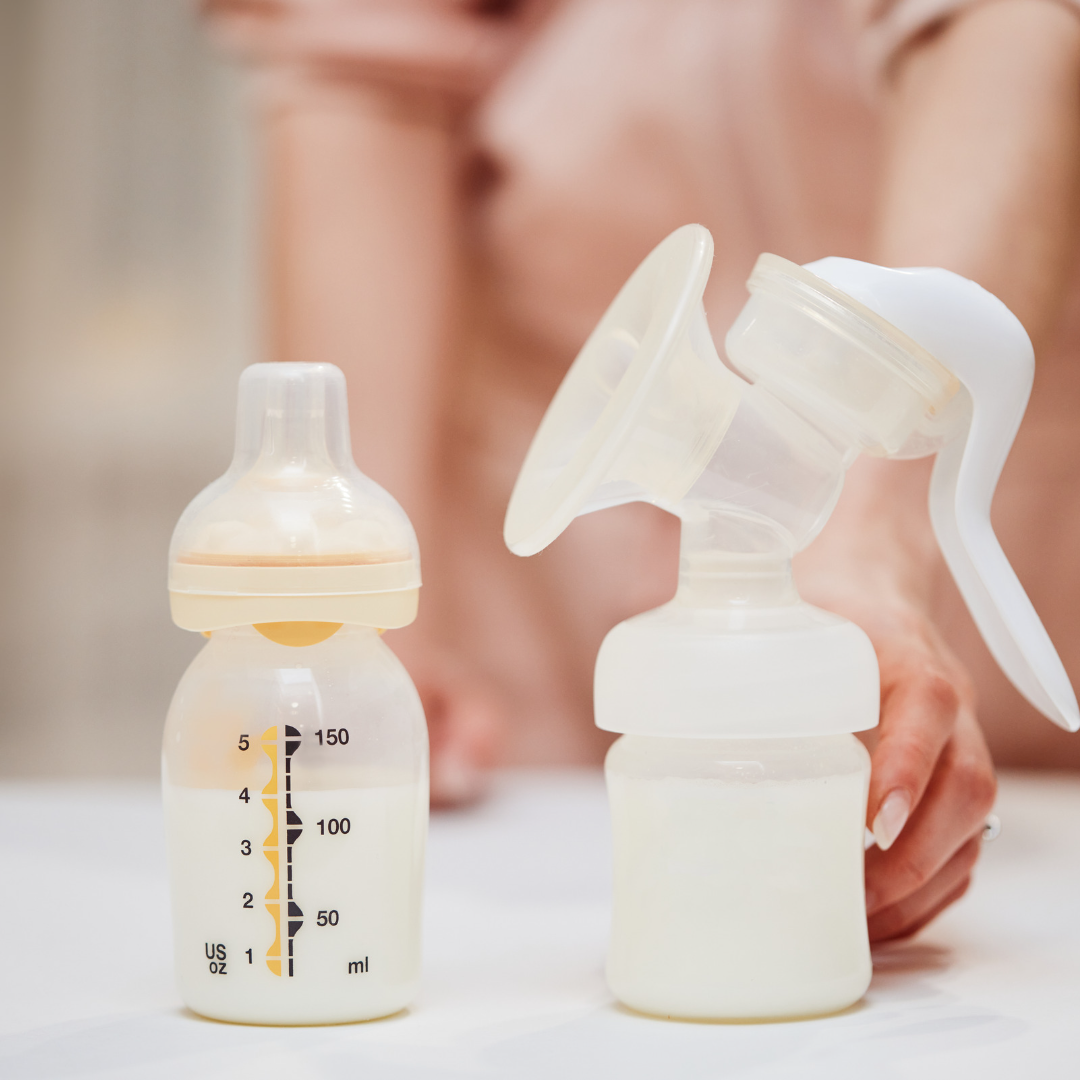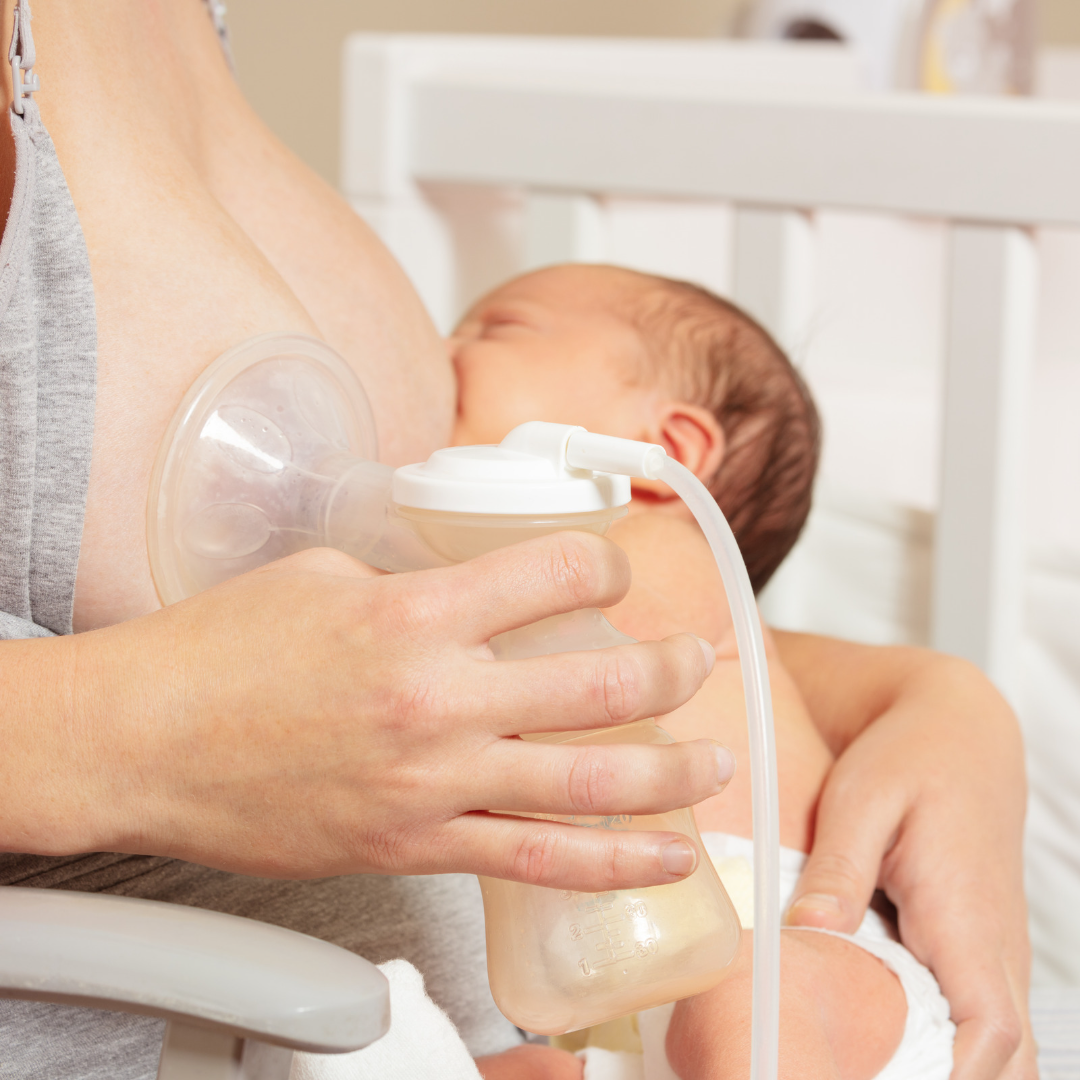Choosing a Breast Pump That Works for You
Feb 13, 2023
Wow! There are so many breast pumps on the market.
It is great, of course, but it makes choosing the *right* one a lot harder.
If you have ever asked for recommendations, it seems that everyone has STRONG opinions on which is the best.
Let’s break down the differences between them to help you choose.
What should I consider when choosing a breast pump?
There are a few things to keep in mind when you are considering a breast pump:
-
What is available through your insurance or within your price range. Your insurance may only cover a certain brand/type. Check first before purchasing.
-
How you intend to use the pump. Are you going to use it after you go back to work, or are you planning on exclusively pumping? Some moms even use it knowing they will be traveling frequently.
-
Pump weight and portability. Pumps will come in all different sizes. Some will be able to transport more easily than others.
-
Feedback from other moms.Talk to other moms who have used pumps to see what they liked/didn’t like.
Pros and Cons of Battery-Powered and Electric Pumps
One of the most common types of breast pumps is a battery-powered or electric pump that uses an AC adapter, car adapter, a rechargeable battery or a battery pack.
Different pumps may be more portable than others, and they will vary in weight and size.
These kinds of pumps are a good choice for women who are planning on pumping multiple times a day.
You may see the terms “closed system” or “open system”.
-
An “open” system doesn’t have a barrier between the milk being collected and the pump.
-
The milk is technically exposed to air, dust, allergens, etc.
-
Milk can also flow into the tubing and, if not cleaned properly, can cause mold which can then get into the motor which cannot be cleaned.
-
-
A “closed” system will have a barrier between the milk and the motor and you will not have those issues.
-
These can be very efficient at removing milk quickly.
-
They are often double electric pumps that allow you to pump both breasts at the same time.
-
They typically allow you to adjust the suction which can make it more comfortable.
-
They require less effort from you to express the milk.
-
Electric or battery-powered pumps can be noisy.
-
These breast pumps can be somewhat bulky and awkward to transport.
-
They can also be more expensive than other options.
-
Cleaning an electric pump and its parts can be difficult.
Pros and Cons of Manual Breast Pumps
This breast pump typically has a handle or lever you squeeze once you have placed the pump on your breast.
By squeezing the lever, you create suction which will then draw out the milk into an attached container.
Manual pumps are a good option for a mama who is trying to relieve engorgement or women who aren't pumping as frequently.
-
Manual pumps are lightweight and easy to carry with you.
-
They can be used anywhere since there is no need for power.
-
These pumps are pretty straightforward to use.
-
The prices of manual pumps are typically less expensive than other options.
-
They are very quiet as there is no motor running.
-
Suction on a manual pump can be limited.
-
It can be time-consuming to use.
-
There is no way to customize a manual pump for comfort or efficiency.
-
It is not hands-free.
Pros and Cons of Suction Breast Pumps
By now, you have probably heard how amazing the haakaa is about 500 times. The haakaa is one brand of suction pump, but there are definitely many out there.
The suction breast pump is similar to a manual pump in that there is no motor involved.
One thing that makes it different is the fact that you don’t have to squeeze anything in order to remove milk from the breast.
You suction the pump to your breast and milk starts to flow.
-
The suction pumps are easy to transport as they are often small enough to fit inside a handbag.
-
Suction pumps are usually not very expensive.
-
These are pretty easy to use and to clean.
-
You aren’t limited on where you can pump since it does not require electrical power.
-
Some moms like to use it as a milksaver while they breastfeed their baby.
-
It can slip off the breast causing milk to spill.
-
The container catching the milk may not be large enough to hold your supply. You may have to stop partway through to empty into a milk storage container before you finish.
-
Because it doesn’t have a motor, it may lack the power needed to draw the milk out.
Whew. That is a lot of information. Do your research. Ignore the marketing. Choose one that fits your lifestyle.
Popular Brands of Breast Pumps
Here are a few of the most popular breast pumps you may have heard about:
-
Spectra S1, S2 and Gold: the S1 has a rechargeable battery, whereas the S2 must be plugged in to work. The Gold has a lot more functionality and control over the settings and is also a double breast pump. Spectra pumps are a “closed” system.
-
Medela Pump in Style: this is one of the most popular ones covered by insurance. It is a small, lightweight system that allows you to do a single or double breast pump. This is also a “closed” system.
-
Elvie and Willow pumps: these are two of the most popular hands-free pumps. You don’t need to be plugged in to use them making them extremely portable and flexible. They tend to be more expensive than other pumps. These pumps are also a “closed” system.
-
I have been using the Elvie and I like it much more than I expected. It is easy (and safe) to use while driving and empties similarly to my spectra.
-
You’ve decided on a pump. Now what?
One of the best pieces of advice I can give you about your new breast pump is to learn how to use it BEFORE you need to use it.
Youtube will have a lot of instructional videos on how to use and clean your pump parts.
The manufacturers typically have their own Youtube channel - start there first. Some pumps may even come with an online course you can take!
Also, don’t forget to sign up for replacement parts through your insurance via Aeroflow or another agency.
Trust me, you will need new parts eventually.
Take time to learn about proper flange sizes so you can decrease discomfort.
WHEW! That was a lot of information. I know it can seem overwhelming, but trust me when I say you’ve got this. You can do this.
If you have any questions about choosing a pump or exclusive pumping, I'm happy to help!
>>> Looking for evidence-based information on combining formula and breastmilk? The Simple Guide to Combination Feeding can help you feel confident with feeding your baby from birth to their first birthday - wherever your feeding journey takes you. <<<
*This post may contain affiliate links. If you purchase using my links, I get a small portion of the money which helps me offer you free content.
>>> Tired of worrying about feeding your baby? Get personalized support so you can enjoy feeding your baby. <<<
Free Resource for Parents and Medical Providers:
The Baby Feeding Database
Helping you understand what formulas are available and narrow down what is best for your family.
This will sign you up for the Baby Feeding Coach email list. I will not spam you. Opt out anytime.







